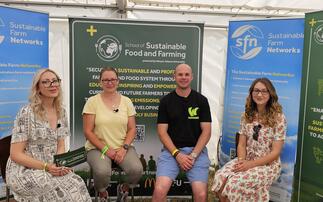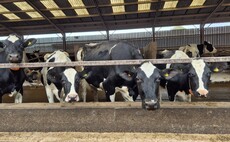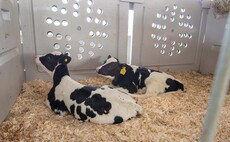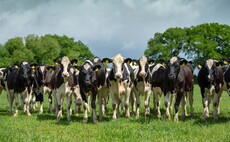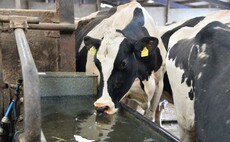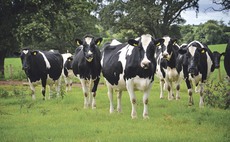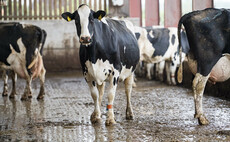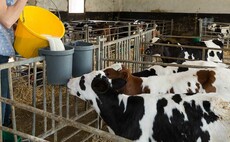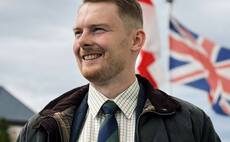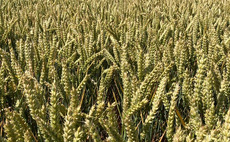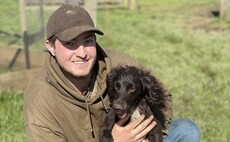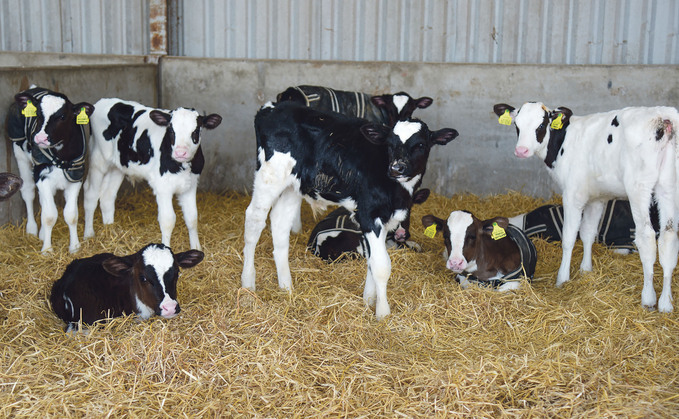
Indoor dairy calves
Bovine respiratory disease (BRD) has been estimated to cost £772 per cow over her lifetime in dairy heifers1 , due to decreased growth and the impact on future milk production, says Dr Ginny Sherwin of the University of Nottingham.
She says: "This is because pneumonia causes scarring in the lung tissue, decreasing the ability of the lungs to oxygenate the blood. The decrease in energy absorption results in poor growth rates and lower milk yields, which are longer term outcomes farmers will be keen to avoid."
Spotting the signs
The situation is exacerbated by the fact that cows have small lungs (about one-third of the size of a horse's) and narrow airways. The impact on lung damage is largest when the animal is younger - a calf - as it has a smaller lung volume, so a larger percentage of lung is impacted. Early detection of the disease is paramount for reducing the amount of lung damage and reducing the transmission of the disease within a shed.
Dr Sherwin says: "Similarly to people with flu, the first signs are changes in behaviour [off feed/slow to feed, lethargy, isolation] and an elevated temperature [greater than or equal to 39.5degC]; these are critical to spot." Treatment at this stage can prevent the infection from entering the lungs, improving cure rates and preventing long-term damage. A critical component of the treatment protocol is the use of an anti-inflammatory/pain relief (for example, Metacam®).
"Early detection and intervention reduces the high temperature, making the calf more likely to eat and drink, and reduces the damage occurring within the respiratory tract."
BRD cases start primarily as viral infections (PI3, RSV, IBR) in the upper respiratory tract, which cause damage to the local respiratory tract. This damage allows bacteria which live in the throat (Mannheimia, Pasteurella, Mycoplasma, etc.) to relocate to the lungs. Here, these ‘normal' throat bacteria can cause disease and inflammation of the lungs.
Dr Sherwin says: "At this point, signs such as coughing will start. As BRD is very commonly a mixed infection of multiple viruses and bacteria, we commonly use a broad spectrum antibiotic, but this should be discussed with your own vet first.
Take the pledge
Get involved and highlight the great steps the UK cattle industry has taken towards reducing pain and discomfort in cows and calves on UK farms. For more information, visit Take the pledge
*Terms and conditions apply.

Reference: 1. Bartram et al (2017). Estimating the Lifetime Total Economic Costs of Respiratory Disease in Beef and Dairy Calves In The UK. Value in Health 20 A399-A811
This post is funded by Metacam.









